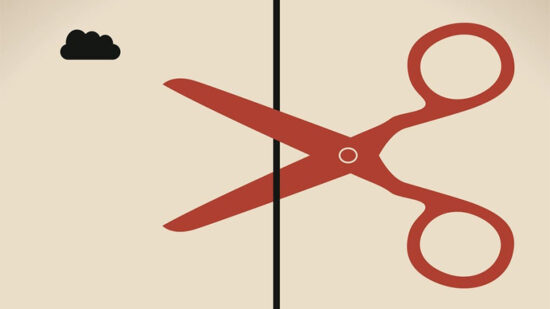ECB liquidity injections are putting a sticking plaster on the eurozone’s woes, and the risk-on trade has taken the US Dow, UK FTSE, Nikkei, & even the eurozone’s main stock indices 20% to 35% above their autumn lows.
But, while the US recovery looks genuine and should be sustained, it’s likely to lack the vigour to either turn off the four years of policy ‘steroids’ that caused it, nor provide the lifeline needed to solve the other big economies’ problems, especially in Europe.
US is better
The US is looking better. Improvements in output, core retail sales, credit conditions, labour market and even the first stirrings of life in housing are all encouraging, and the result of four years of ultra loose policy.
Yet, the fact that Americans are dis-saving at a time when 46.5 million (one in seven) are on food stamps, house prices are falling a real 6-7% year-on-year, and unemployment falls may now become staggered suggest further policy tools are needed – perhaps directed at housing.
The US’s relatively low export dependence (just 14% of GDP, versus 26% in China and 32% in the UK) should at least minimise any trade hit from the eurozone. On the basis that the EU typically accounts for a fifth of the US’s full-year exports (akin to China’s EU dependence), it accounts directly for no more that 3% of US GDP and 6% of China’s. Compare that with the comparative vulnerability of the UK’s 16%, where recession looks unavoidable.
Then there’s the hit from eurozone default risk, which has not faded. Greece’s support needs the best case of its debt/GDP falling no lower than Ireland and Portugal’s are today, offering them little incentive to improve. Even as the symptoms ease, we return to a competitiveness problem that may take a decade to solve.
To sanction an even larger expansion of the ECB’s balance sheet – and, at 30% of eurozone GDP, it’s bigger than the US Fed and the Bank of England’s of around 20% – Germany will need more evidence of its own economic and financial implosion.
Hooked on QE?
Which keeps a dark cloud over the UK, where the Bank of England has already announced £325bn of QE. The irony is that, by threatening cost inflation, QE2 risks undermining the Bank’s justification for using it: to assuage the squeeze on households’ real incomes. Added to that are practical questions about: (i) the willingness of institutions to sell gilts while the attraction of growth assets is not yet assured; (ii) regulatory pressure to hold gilts; and (iii) whether banks will raise lending.
And, the risk with QE is – as we know from Japan – the more you use it, the more you need it; you become hooked. Yet, even after doing QE for 14 years, the Bank of Japan’s 12% holding of JGBs is lower than the Bank of England’s one-third share of UK gilts, and the Fed’s 20% share of US Treasuries.
China, thankfully, has both the means and motive to remain the world’s growth backstop. Preserving growth will be critical to the status quo into autumn’s leadership announcements, and probably even after the new leaders take the helm, in March 2013.
So, the mix of a stronger US, complicit ECB, and fifth-year running of abnormally loose policies incorporating QE could support growth assets – making 2012 resemble 2009.
In which case, as cheap cash again seeks a home, the question will increasingly be just how large bubbles can grow.







